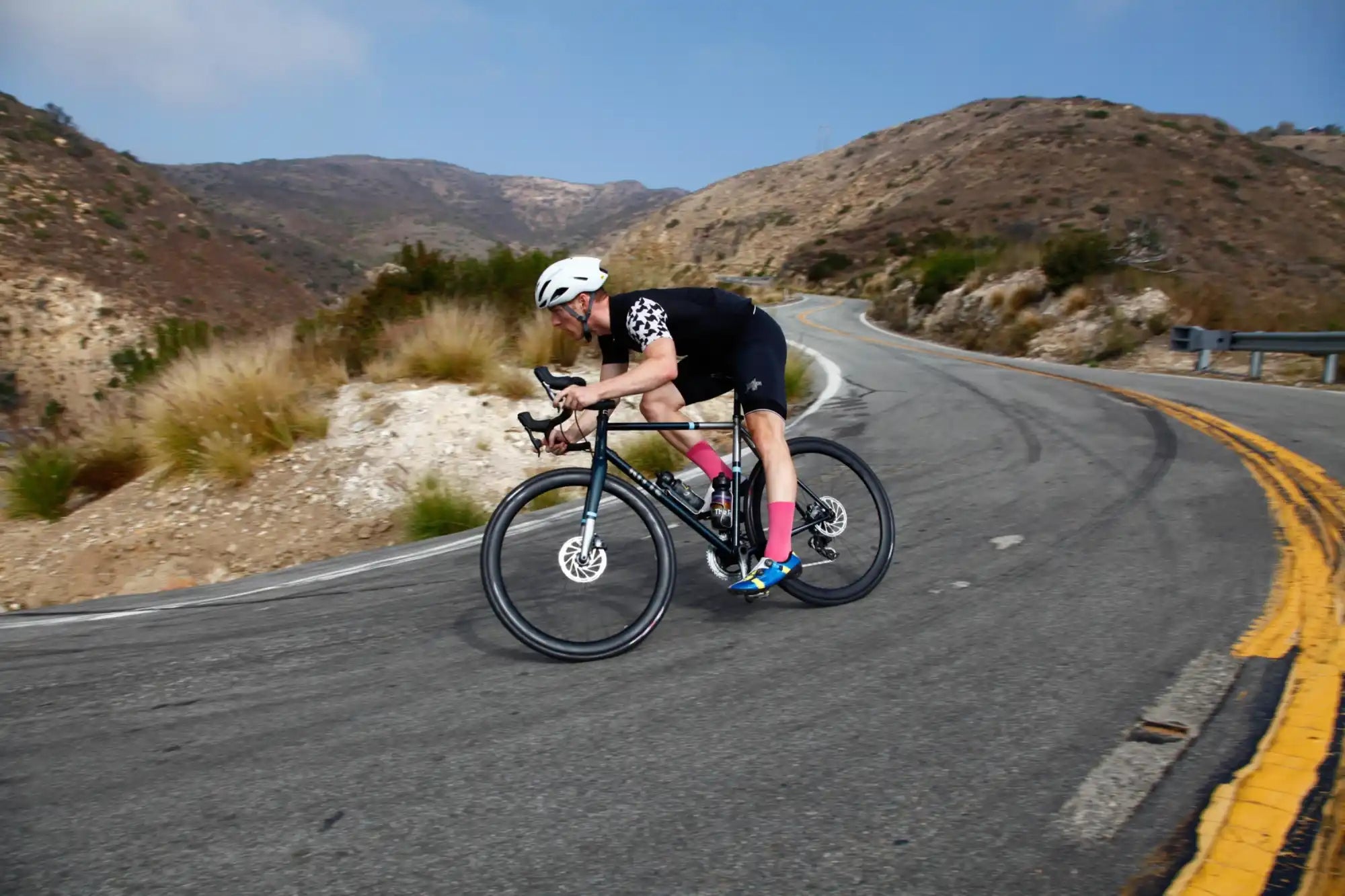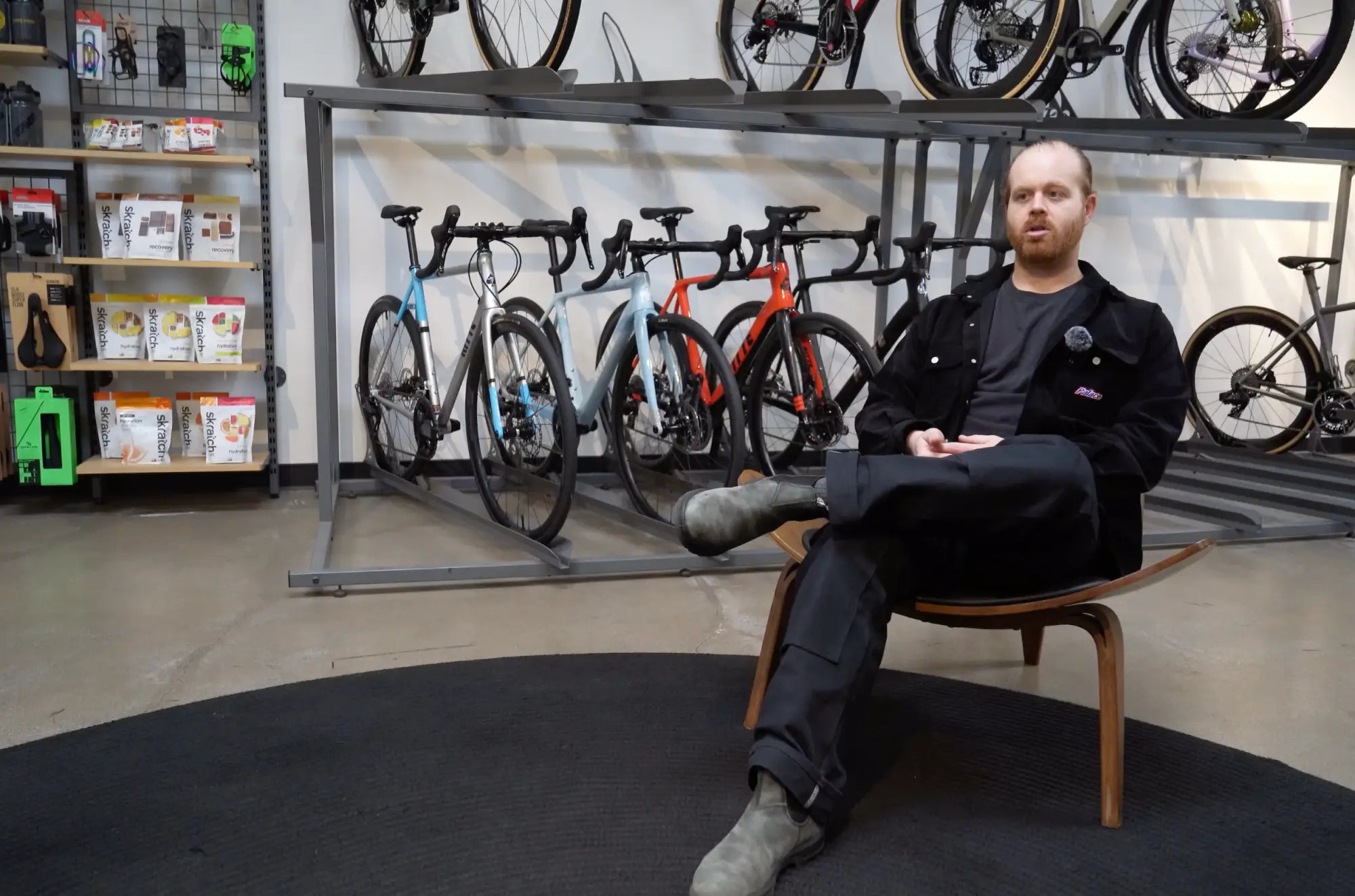Surely you’ve already read more about tariffs in the last few weeks than you ever thought you would need to. It’s been a strange trip these last few years - between unprecedented events and the ever-evolving news cycle we’ve all had to become subject matter experts on subjects that never mattered to us. From vaccinations and inflation to wildfires and bird flu. Tariffs are as complex a subject as any, and our little industry faces a tough go of it.
We’ve been getting asked a lot of questions about tariffs from everyone from our dealers, to our existing customers, to folks who “may want a new bike someday and are wondering if that day should be today.” It’s flattering that anyone would ask us - and I’ll preface this by saying that our crystal ball is no better than yours - but we’re glad to at least give our take on it and our current approach. All subject to change, of course.
Ritte has been navigating import / export duties and tariffs since the inception of the brand in 2009 - 2010. Some of us here have been working with imports / exports in different fields before that or during those times. Bicycles and bicycle components imported from Asia to the US have generally been duty and tariff free during that time. There was a 25% tariff assessed from China, but bicycles were exempted. Complete bikes from many places had a small duty (around 4-8%).
Despite the ever rising costs of high end road bikes, they are actually quite a low margin product. A combination of rapid development and short model lifecycles along with high cost / small batch componentry and high complexity has made the margin slimmer than many would expect. Unlike simpler products, something like an electric standing desk for example, bicycles are very complex. The number of components in a rear derailleur exceeds the number of components in the standing desk from which I am writing this opinion. Then there is the assembly required, the safety certifications, the large volume packaging (as compared to my desk, which arrived flat-packed), and all of the labor required to produce the frames or wheels or handlebars. Bikes are shockingly labor intensive and generate lengthy BoM (Bill of Materials) lists that many product managers in other industries would balk at.

This is true even for direct to consumer brands - there is just no getting around the costs and complexities, which keep margins low. So, to get any economies of scale or production advantages it just makes sense to bring manufacturing together in as central a location as possible. Without getting into a whole separate article, that’s why bicycle production has really become centralized in a few locations in Taiwan, China, Vietnam, etc. Economies of scale, production capacity, and most importantly production expertise have all converged into small pockets that produce the world’s bicycles.
But back to tariffs - there have always been duties or tariffs to navigate to some extent. Whether they’re on individual parts or complete bikes, there have always been considerations and allocations to make regarding import costs. Balancing country of origin, logistics costs, centralization, and other factors is a dance that the bike industry has done very well for a long time.
The sudden increase in tariffs throws a wrench in things quite quickly - there isn’t 30% excess margin in a bicycle to absorb new tariff costs (or more, depending on export location). Despite the industry’s experience with logistics and the movement of many disparate components to create a bicycle, there simply isn’t a way to deliver the same products currently on offer at the same prices. And there isn’t likely to be any quick solution to lower costs either.
So what’s the bike industry doing? In my discussions with peers and mentors I’ve learned that there is very little that can be done. Not for lack of trying, but the cards available have been played already. There are ways to lower the tariff burden in some situations but they often require logistics that net out at zero sum. Plans range from adding a tariff surcharge at checkout (online or in store) to supplement the additional costs to reducing margin for resellers / builders / dealers to raising retail prices. These all boil down to the same result - bikes and their components are likely to go up in price under the currently proposed tariff scheme.

Though with ongoing negotiations between a range of nations this is all subject to change - tariffs can go up, down, be delayed, etc.
So what’s Ritte’s plan? Right now, continuing to do what we believe in - build the best products we can, offer them at a price that allows us to provide the level of service and customization we always have, and stand behind them long term.
For right now, our prices aren’t changing for items we directly manufacture (such as frames, wheels, handlebars, and seatposts). We’ve explored a myriad of options to keep pricing where it is, or as close to it, should we face a modest increase in tariffs (say 10% or less). We’ll have to re-assess if the long term impacts are greater than that - but our intention is to do everything we can to avoid increasing our prices
So what should you do? To be fair, it’s always exciting to get a new bike but we wouldn’t recommend rushing into it. Things may get more expensive, but we believe you’re always better off waiting a little longer to get the right bike than buying something because it’s “a deal.” We’re big fans of the “buy nice or buy twice” adage. If now is the right time, you can’t go wrong. But if the right time is in 3 months, 6 months, or 24 months…then don’t stress yourself out about buying something just because. We’ll be here to make your next new bike day as enjoyable as possible now or in the future.
---




